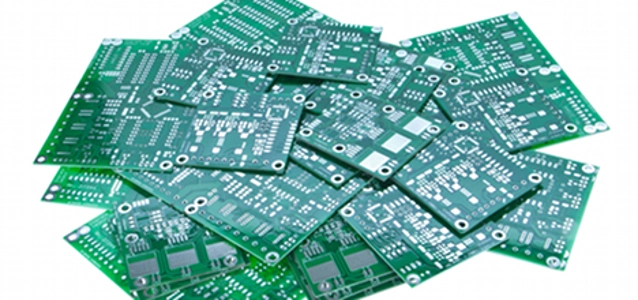
© handmadepictures dreamstime.com
Analysis |
Know your way around US conflict-minerals rules?
A recent IHS survey reveals that more than one-third of all companies are completely unprepared for US conflict-minerals rules.
With time running out until U.S. component manufacturers are legally required to disclose their usage of conflict minerals to the federal government, many companies are woefully unprepared for the new regulations, with more than one-third of firms indicating they haven’t even commenced compliance planning, according to a survey from information and analytics provider IHS.
In a poll conducted last week during an IHS webinar entitled “The Clock’s Ticking: How to Comply with the New Conflict Minerals Regulations,” more than 35 percent of respondents—a plurality of the attendees—said they have made no plans on how to conform with the rules set out by the SEC Dodd-Frank Wall Street Reform and Consumer Protection Act on conflict materials, which will start to go into effect in May 2014. Just 7.5 percent said that they were well-prepared for compliance.
The survey was taken of 134 electronics industry managers during the IHS webinar on April 9.
The Congo connection
Conflict minerals are raw materials mainly sourced in the war-torn country of the Democratic Republic of Congo.
The materials—tantalum, tungsten, gold and tin—are widely used in the electronics market, in products ranging from cellphones to hearing aids, to pacemakers. For example, IHS estimates that $0.15 worth of tantalum was contained in every smartphone shipped when Dodd-Frank was originally signed in 2010. In 2012, this would amount to $93 million worth of tantalum in smartphones.
The SEC rules took effect in August 2012, with initial reporting required by May 2014. The rules affect publicly traded companies in the United States.
However, electronics manufacturers procure products and materials from all over the globe, so the likelihood is high that one or more supply-chain partners will require information regarding the sourcing of the four conflict minerals.
Compliance costs
While complying with the SEC rules is time-consuming and costly, the process may not be as complicated as originally projected.
One of the key industries involved in processing conflict minerals —smelters— are getting involved in and supporting compliance efforts, said Scott Wilson, content solution strategist at IHS.
“Smelters are a good control point, and this simplifies how far back in the supply chain companies have to go,” Wilson told the webinar audience.
Nevertheless, Wilson advises companies across the electronics supply chain to be prepared to provide compliance information by next May. Even if a business does not use conflict minerals in its products, it has to demonstrate it has conducted due diligence in making that determination. There is existing guidance to assist in the process, Wilson said. These include guidelines already in use issued by the Organization for Economic Cooperation and Development that outline the key aspects of compliance.
Conflict resolution
Wilson suggested that companies focus internally on four key areas as they develop their compliance strategies:
- Management systems: Most Material Requirements Planning (MRP) and Enterprise Resources Planning (ERP) systems have the capability to track materials, but may not be programmed to do so. Companies need to determine if their systems need additional capabilities.
- Identify and assess risk: Prioritize the suppliers that are most likely to use or source conflict minerals.
- Respond to the risk: If suppliers don’t share information, companies should consider alternative sources.
- Audit smelters: An Electronics Industry Citizenship Coalition (EICC) standard provides the necessary guidance and content.

